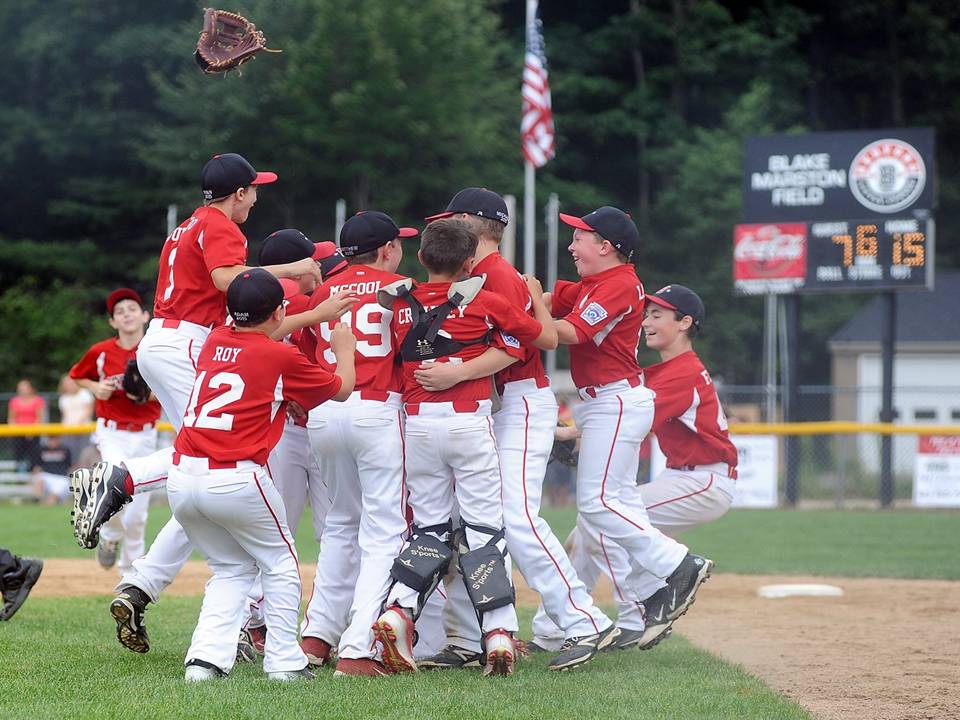by Peter A. Arthur-Smith, Leadership Solutions, Inc.®
“That commitment to making players better has followed Friedman to the Dodgers, and it still stands out to his former lieutenants,” by Jared Diamond, sports writer in Wall Street Journal article ‘Top Teams Modeled in the Rays’ Image,’ October 2020
 |
It’s most interesting how the top four baseball playoff teams for the 2020 World Series all had key leaders that worked together at the Tampa Bay Rays. Their principal role model was Andrew Friedman – now President, Baseball Operations at the Dodgers – with the others comprised of former Ray alumni Alex Anthopoulos, now GM at The Atlanta Braves; James Click, now leading the Front Office at Houston Astros; and Erik Neander, who remained at Tampa and is now its General Manager. They all earned their spurs together at the small budget Ray’s, where they learnt much about doing a lot with lean pickings.
With Friedman now at the Dodgers, his team went on to win this year’s World Series after a COVID trun-cated 2020 season. Since he joined the team six years ago, the Dodgers have won more games than anyone else in the majors and advanced to the championship series for the fourth time in five years. One of his other former Tampa team coaches, Joe Madden, went on to lead a World Series win for Chicago in 2016. Such a story reinforces the notion that effective leaders produce more capable leaders, as well.
By every observation, Friedman introduced his protégés to three fundamental practices of effective leadership: namely Strategy-People-Leadership. Let’s take each in turn and examine what they mean for a successful baseball team, which also translates into being a successful leader anywhere else:
- Strategy – What is our best team approach in light of ever increasing World Series demands? Leading at his former potential Cinderella team, Tampa Bay Rays, taught Friedman a lot about strategic positioning and working with minimal resources. His team was in the same league as the Boston Red Socks and New York Yankees: Tampa couldn’t afford top talent picks of its league rivals and had to make do with less than adequate facilities.
He and his leadership team had to constantly develop game strategies that would make them competitive against the best. Those game strategies included inching forward year after year to become ever more competitive against star teams. Its leader-team had to believe in itself and work together to convince its players about effective ideas and that Tampa could always compete among the best. This included constantly figuring out the team’s best options at any one time.
- People – Are our players and support staff equipped to meet these significant challenges? One thing Friedman has always been well known for among his leader-teams is his commitment to making players better. In the referred to WSJ article, writer Diamond noted: ‘It has led to journeymen like Max Muncey, Chris Taylor and Enrique Hernández emerging as key contributors for the Dodgers.’ Based again on his resource limits at Tampa, Friedman learned that the right coaching and player loyalty would bring out the best even among less star-turn team members.
Additionally, he likely learned how you can pursue an enlightened leadership mode to
orchestrate the desired personal growth and team enhancements. He included embracing at least three of the top six innate motivators: such as a compelling purpose, team camaraderie, and pursuit of desired mastery with ever-evolving competencies. Such motivators provide a magnetic force that builds a thirst for “WANT TO” rather than “HAVE TO.”
- Leadership – Do we continue with conventional management or take a more enlightened leadership approach to address our ongoing World Series challenges? Conventional managers are inclined to fixate on systems and process to keep today’s team functioning: whereas, leaders focus on people and progress to meet tomorrow’s baseball game demands. Friedman obviously needed a combination of the two, with a particular emphasis on leadership, if his team was going to meet its ongoing World Series challenges. If he was too management oriented, it would bias his team toward the status quo.
By taking an enlightened leadership stance – that includes the intent to envision, position, engage, collaborate and orchestrate – baseball leaders are more likely to inspire and integrate their teams into a vastly more desirable future. Conventional management is more preoccupied with the need to project, plan, organize, direct and control. While we require both sets to facilitate team forward momentum, the more they tilt toward leadership the greater progress they’ll experience. They can use management activities as an off-set to sustain a reasonable level of stability.
So as baseball leaders or leaders in other fields, you face a challenging and exciting future as part of the pandemic revolution. These article ideas will give you an opportunity to re-envision tomorrow in terms of your strategy, people and leadership for brighter days ahead. Given the right lead, your people will step-up to your venture’s new situation through the leadership light that you shine in illuminating the way forward.
Your enlightened leadership will also draw others to collaborate in every way possible to help your team or organization to succeed. Ultimately, you will become greater orchestrators rather than drivers of your team or firm’s ongoing success. That in turn minimizes anxiety and stress within your team or venture, so your people feel free to make their greatest contribution.
To learn more about team building, please contact:
